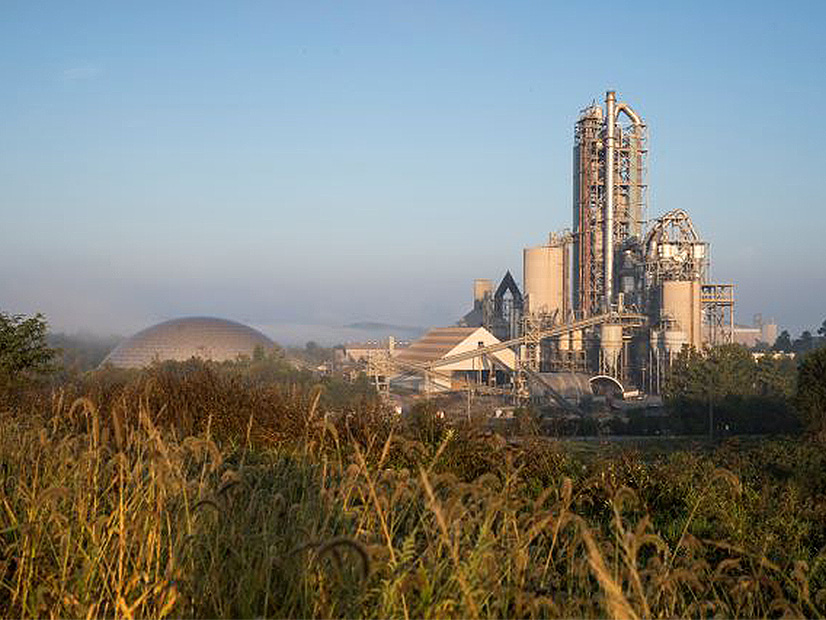
Expanding public transportation and reducing industrial emissions are keys to Maryland meeting its climate goals, the Maryland Climate Change Commission Greenhouse Gas Mitigation Working Group was told Aug. 23.
“The best thing we can do if we want to reduce greenhouse gases is get people on transit,” Maryland Transit Administration CEO Holly Arnold said.
At present, there are more than 1 million weekly riders on the “core system,” a number Arnold said can be increased by making the system frequent, reliable and easy to use.
Last fall, MTA launched the $43 million Fast Forward program, which seeks to improve service reliability, reduce travel times, and increase safety and access. The program includes more dedicated bus lanes, real-time bus tracking and — starting later this year — real-time rail tracking and information on bus crowding.
Most significantly, MTA is also transitioning to zero-emission buses, committing not to buy any more diesel buses after fiscal 2023 and seeking to make 50% of the fleet zero-emission by 2030. The regional transit plan’s goal is a 95% zero-emission fleet by 2045, but “it will be a lot of work to accomplish this transition,” Arnold said.
She cited concerns that battery electric buses may not be appropriate for all locations, saying, “We have to make sure it doesn’t run out of charge in the middle of a route.”
In a pilot project, MTA will get seven battery electric buses and five overhead chargers early next year. The agency is working with Baltimore Gas and Electric on infrastructure. MTA has a six-year $4 billion capital budget for this and other projects, Arnold said.
Cement Leading Source of Industrial Emissions
The Mitigation Working Group also heard a presentation from the University of Maryland School of Public Policy’s Center for Global Sustainability (CGS), which is conducting a study due to the governor Oct. 1 on the economic impact of regulating greenhouse gas emissions from the manufacturing sector. The study was required by the 2016 amendments to the state Greenhouse Gas Reduction Act.
The sector presents a unique challenge for the state’s emission-reduction goals, even though it is not a major component of emissions, said Ryna Yiyun Cui, an assistant research professor at CGS.
Following the 2011 closure of RG Steel’s Sparrows Point plant, the state’s biggest industrial emitter of greenhouse gas is the Lehigh Hanson cement plant in Union Bridge, followed by Holcim, a building materials manufacturer in Hagerstown, according to Kathleen Kennedy, a postdoctoral associate at CGS.
CGS’ Jared Williams said the greatest potential for reducing greenhouse gas emissions in this subsector is in the manufacture and mixing of cement, specifically, the production of clinker, the primary source of process emissions generated in cement manufacturing.
“Substituting clinker with decarbonated materials reduces process emissions from cement manufacturing,” he said. “Replacement of ordinary portland cement with portland limestone cement [PLC] reduces emissions and is also less costly.” Limestone cement may dominate the cement market as early as next year, he said.
Lehigh Hanson announced in July it will transition to limestone cement at the Union Bridge plant by January 2023, which is expected to cut its emissions by 18%. Holcim plans to switch to PLC after the installation of new equipment, with expected reductions of 11%.
Further reductions will come from Lehigh’s plan to switch from coal to natural gas by 2028. Hydrogen is a potential long-term alternative fuel for cement manufacturers but requires further research.
Because process emissions from cement manufacturing are unavoidable, carbon capture, utilization and storage may be needed to address the final 50% of emissions to get to net zero.
Industrial greenhouse gas emissions in Maryland were reduced by more than 30% from 2006 to 2020, Cui said. The main reduction has been in the electricity and road transport sectors, although they remain the major emitters in the state. Industrial processes using fossil fuels constituted a little less than 10% of the state’s emissions in 2020, a slight decline since 2006.
Kennedy added that the manufacturing sector’s contribution to state GDP has stayed relatively constant around $20 billion, or 6 to 7% of the total, over the past few years. Manufacturing employment — about 120,000, or 3 to 4% of the state’s total jobs — has also stayed fairly constant recently. The economically significant computer and electronics sector is responsible for a low percentage of energy consumption. On the other hand, food, which is responsible for a relatively large proportion of energy consumption, is not a particularly high emitter because it uses mainly natural gas and electricity, as opposed to heavy industries that still use coal.
The 30% decline in the manufacturing subsector’s emissions was driven primarily by reduced fuel combustion after RG Steel shut down, Kennedy said. But “process and product use emissions” have gone up since 2017; by 2020, these constituted 69% of total industrial emissions, although they have declined in absolute terms by about 25% since 2006, she said. Emissions are still growing in cement, up 21% since 2006, and ozone-depleting substances or substitutes are also up 42%. Union Bridge’s emissions have been growing because of increased production.
